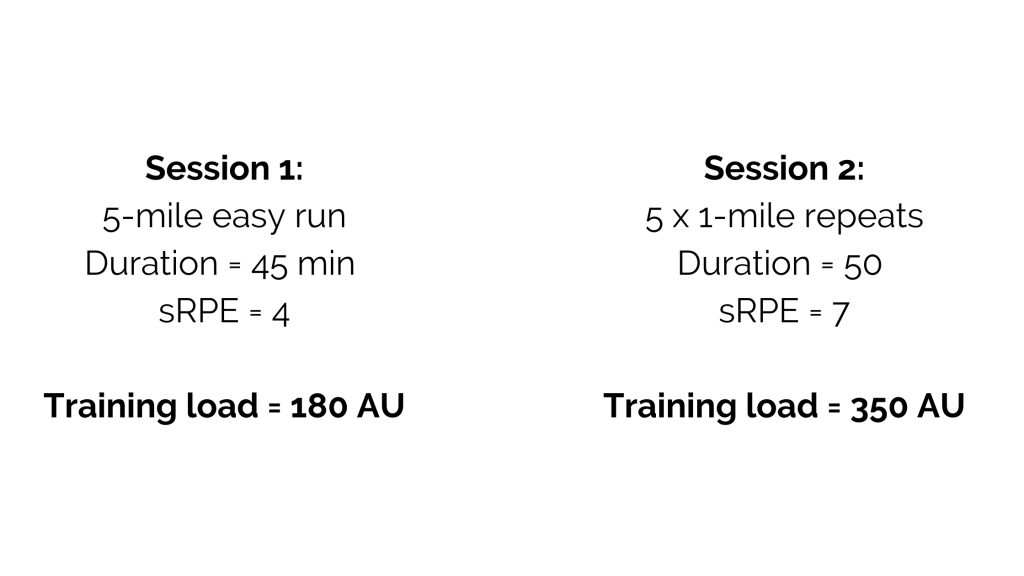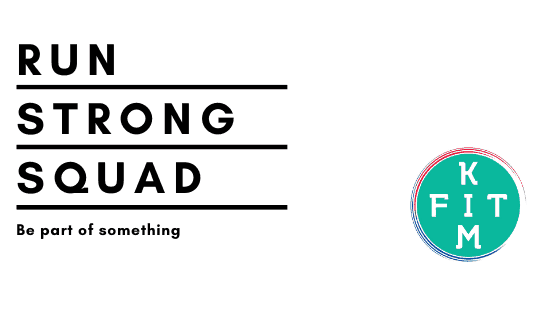How to: Increase Running Mileage Without Getting Injured
Part 1: Monitoring your training load
How to increase running mileage? It’s the age-old problem. How much is too much?
With running we inevitably want to run faster or further but doing so often leads to injury or illness. This then requires a step back in training and progress is often lost. As a runner you want to do your best to avoid this. So how do you get the balance right?
The best way to increase your training load safely is to monitor it. Training load monitoring is a common practise in elite sport and is often managed by sport scientists. All athletes need to do is input their data or pop on a GPS unit or heart rate strap.
The good news is there are ways to do this when you don’t have a support team at your disposal.
But first, let’s consider why it is a good idea to monitor your training load.
Four Reasons To Monitor Your Training Load
- It tells you whether or not you are improving
- The data can help you understand your individual response to training
- Load monitoring will assess fatigue and the need for recovery
- It can help minimise the risk of overreaching, injury and illness.
The benefits are clear. This is something you can do which will help you train smarter, reduce the time out injured.
Next we need to consider what constitutes ‘load’ and how to measure it in runners.
Defining Training Load
There are two types of load:
External
‘Objective measures of the work performed by the athlete during training or competition’
Bourden et al. 2017
Internal
‘Biological stressors imposed on athlete due to training’
Bourden et al. 2017
How can I apply this to me?
Some examples of each that would be relevant to running are:
Internal:
- Session Rate of Perceived Exertion (sRPE)
- TRIMP (sRPE x duration)
- Psychological measures (mood, motivation, sleep)
- Heart rate (HR)
- Blood lactate
- Oxygen consumption
External:
- Speed
- Training time (duration)
- Distance
The key is to have a mix of internal and external measures recorded consistently in a longitudinal manner. It is also important to note that you only compare you to you.
Is recording mileage enough?
You may already know your weekly mileage, however recent research has suggested that mileage alone is not sufficient to represent weekly training load (Paquette, 2020).
The reason for this is that mileage along does not take into account the intensity at which those miles were ran. For example, five easy miles is not equivalent to 5 x 1-mile repeats. The latter is a much more taxing session but in terms of mileage it would be the same (or similar).
Therefore, it is recommended to track duration and RPE to give a training load (arbitrary units; AU) for each session. Going back to our original example this might look like this:
You can see from this that session two has almost double the load of session one even though the distance ran is 5 miles. This tells us that the impact of and recovery required from session two will be greater than session 1.
But what does it mean?
Building an awareness of training load and combining it with psychological measures of wellbeing (e.g. mood, motivation, sleep) or performance outputs (e.g. pace for a given HR) will offer a snapshot and over time a longer-term overview of your response to training. This can inform decision-making around session selection and training planning to maximise availability for training.
And the more you can train without getting injured the better your performance will be.
Give it a go.
Pick a couple of psychological measures to record alongside sRPE and duration. Start tracking this daily, making sure you multiply sRPE and duration for every session. At the end of the week add up your session loads to get your weekly load. Don’t forget to check in weekly to see if there are any patterns emerging.
Next week:
Load monitoring to prevent injury. How to calculate your acute:chronic workload ratio and find the ‘sweet spot’.
Want to know more but not good with data?
I offer training load monitoring as part of my Run Strong membership. Drop me a line via my contact form and let’s chat.
Or find out more by visiting my shop.





